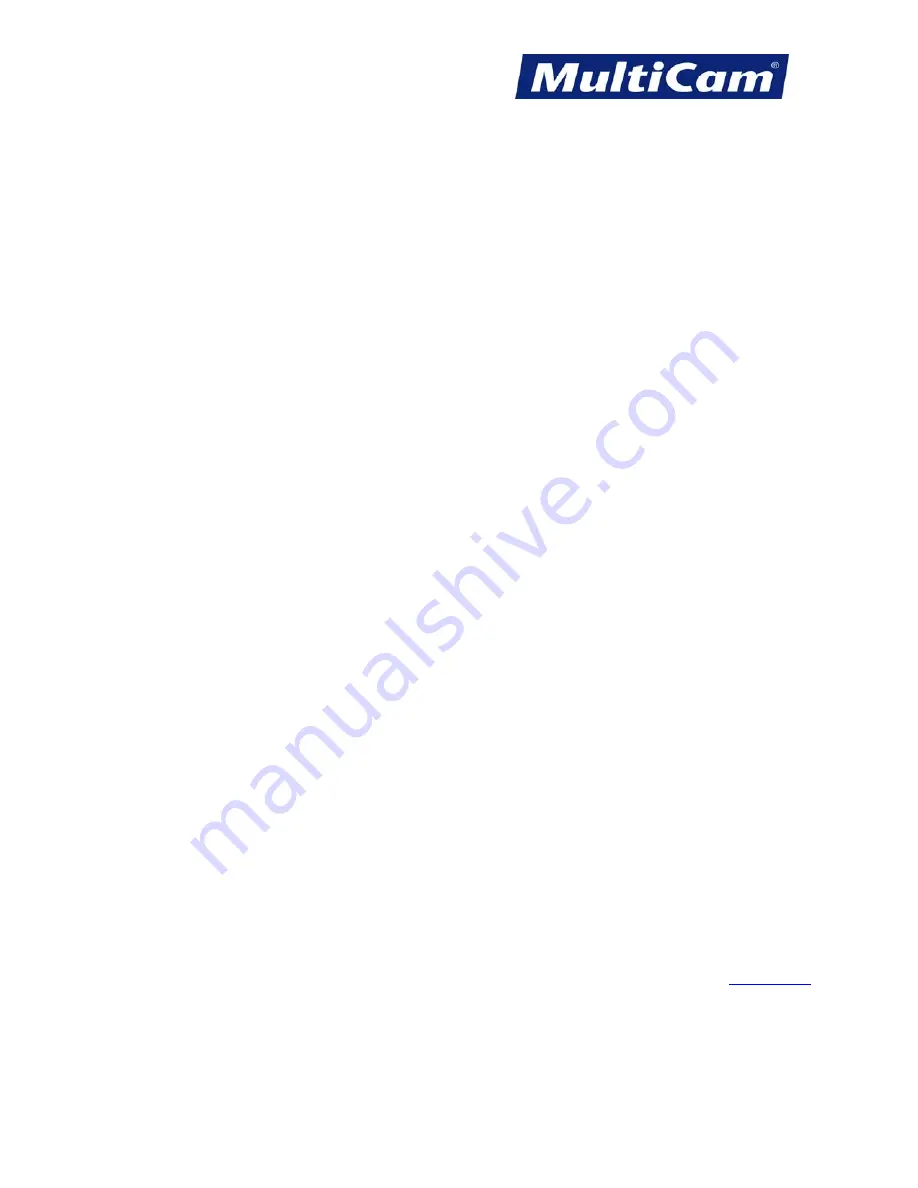
IN
6
Innovation. Quality. Performance. Best in Industry. Worldwide.
Safety Measures for Handling Oxygen
Oxygen can be an effective gas for cutting sequences, but special care should be used when working with oxygen
or any other pressurized gas. Operators should observe the following precautions at all times when working with
oxygen:
•
Refer to oxygen as “oxygen” and not as “air.” Operators should use oxygen cylinders for cutting
sequences only. At no point should operators substitute oxygen for compressed air in pneumatic tools or
use oxygen to dust off clothing or materials, purge tanks, blow out pipe lines, or test radiators.
•
Store oxygen upright in storage areas that are no closer than 20’ (6.1m) away from highly combustible
material (e.g., oil, grease). Operators could instead use a 5’ (1.5m) tall gas-tight, non-combustible
partition with no openings and with a fire resistance rating of at least 1 hour to provide the required
separation.
•
Handle oxygen cylinders with great care when in use or in transit. The cylinders should not be dropped,
knocked over, or struck with heavy objects.
•
Contact the cylinder manufacturer if repairs are needed on the oxygen cylinder valves. At no point should
an operator use a hammer or wrench to open the valves.
Like all pressurized gases used in cutting, oxygen requires that operators approach and handle the cylinders with
great care. When operators use oxygen in the cutting sequence, they should follow these steps:
1.
Stand to the side before opening each oxygen cylinder valve and blow out debris from the nozzle.
Operators should use a clean cloth to swab the connection seat.
2.
Attach the pressure regulators after the cylinder valve has been cleaned out. Pressure regulators reduce
cylinder pressure to low; high cylinder pressure will cause the hose to burst.
3.
Check that the regulator tension screw is released and then open the oxygen cylinder valve slowly. This
will prevent damage to the regulator high pressure gauge.
4.
Open the valve fully when using oxygen in the cutting sequence to prevent any leakage around the valve
stem.
5.
Close the cylinder valve and reapply the protecting caps when not using oxygen in the cutting sequence.
For additional information regarding the handling and use of oxygen, operators should consult the Oxygen
Material Safety Data Sheet (MSDS).
Routers * Lasers * Plasma * WaterJets * Knife Cutters
www.MultiCam.com v. 11 10















































